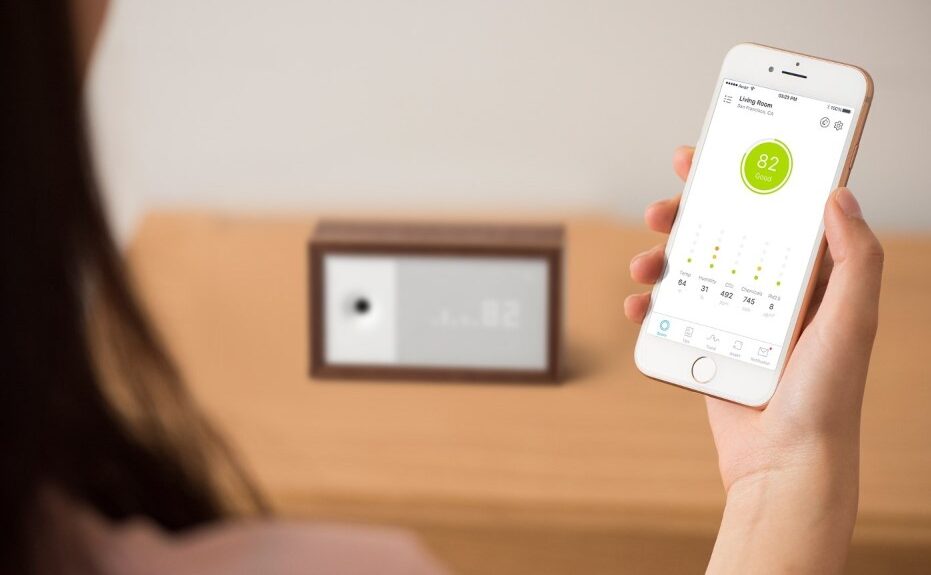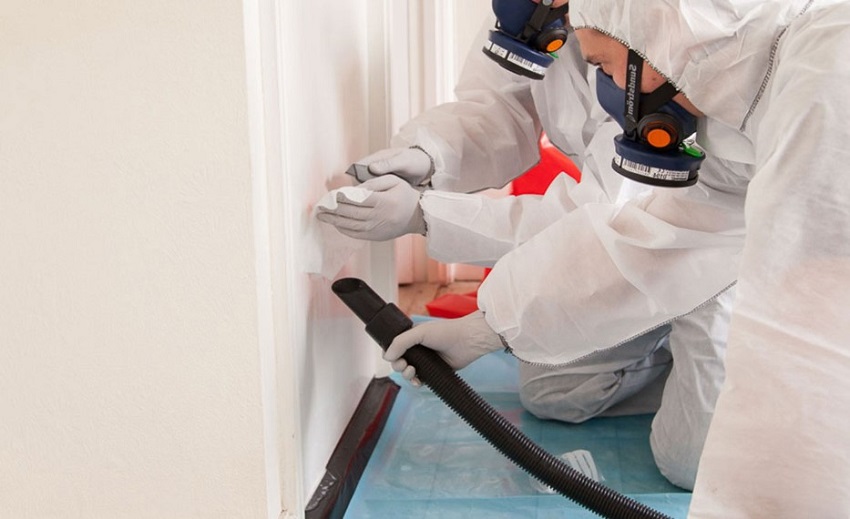Since we invest such a lot of energy inside, indoor air quality has turned into a huge worry for individuals and the nation over. Clean, healthy indoor air can improve overall health and well-being in any setting, from cozy apartments to large homes. But how can you tell if the air inside is clean?
It is a lot of information available about air pollution outdoors, but what about the air in our kitchens and living rooms? In many instances, advanced technology, such as VOC testing instruments and carbon monoxide detectors, is required to determine whether the air is clean.
However, testing the air is easier than you might think, and you can contribute to the preservation of a healthy indoor environment by carrying out air testing in an informed manner. Residential air quality testing helps you make the best decisions for your home, whether you do it yourself or hire a pro. The best part is that when the air pollution tests come back negative, you can rest easy!
What’s the Importance of Indoor Air Quality?
The Environmental Protection Agency (EPA) states that pollutants in the indoor air have the potential to cause a wide range of issues, ranging from immediate issues like irritation of the nose and eyes to long-term health issues like heart disease and cancer.
The presence of clean air in one’s home has numerous obvious advantages; After all, if you don’t inhale a lot of dust or pet dander, you won’t have as many coughing fits or problems with respiratory conditions like asthma or COPD.
However, not all air pollutants are as easily visible as dust. Some are odorless and completely undetectable. The building has been contaminated with lead and asbestos for decades. Their removal and detection become even more difficult as a result.
How is the IAQ (indoor air quality) measured?
We can strategically take action to improve the quality of the air in our homes now that we know how important it is to have a clean environment inside. However, if you don’t know exactly what pollutants are in the air, you can’t work to reduce them. This indicates that you must go for indoor air quality testing services.
There are many options available to you when deciding to test the air for various pollutants: You have the option of hiring a professional or taking the test yourself. Let’s take a look at some specifics to see which option might be best for your house—either option is a good choice.
-
DYI Air Testing
Assuming that you are even more of a do-it-yourselfer, you will find many bring-back-home packs that can be utilized to test the air in your home. These kits can be used to test for a wide variety of pollutants and come in a variety of forms. Therefore, if you discover a problem, what should you do?
The next steps, which can range from minor adjustments to significant modifications to the house, will be heavily influenced by the outcomes. In the end, if you find high radon levels in your home, you will need to take immediate measures to reduce the risk. You might even have to leave the house temporarily until the radon is removed. However, if you only find a greater number of mold spores, you can simply develop a strategy to address the issue; you do not need to travel.
Decomposing uranium in the ground naturally produces this tasteless and odorless radioactive gas. It is found in nearly all soils, and the air we inhale every day contains very low levels of radon. The issue arises when radon becomes trapped in a home, although radon naturally seeps from the ground and is dispersed into the air. Radon can build up in the home and pose a greater health threat if it penetrates sump holes or foundation cracks.
-
Mold Testing
Mold is everywhere, just like radon. The majority of naturally occurring mold that surrounds you when you step outside is completely innocuous. Mold is a problem when it grows in a home, typically in a damp, cool, dark space like a basement.
Mold makes spores that float in the air and reproduce. They release a large amount in the hope that some will land in a welcoming location, similar to how flowers release pollen. Mold’s biggest problem is its spores, which can harm the respiratory system if breathed in. Mold spores can be particularly problematic if you suffer from asthma or are allergic to them.
-
Tests for Carbon Monoxide
This colorless, odorless gas can be very dangerous at home. Carbon monoxide, or “CO,” can kill before you even know there is a problem because you can’t see or smell it.
The fact that there is numerous potential carbon monoxide sources in the home only serves to exacerbate the problem. Back-drafting furnaces, leaking chimneys, and unvented gas or kerosene heaters are examples of these sources. Generators, automobile exhaust, tobacco smoke, and gas and wood stoves all have the potential to be problematic.
Fatigue and chest pain can occur when people are exposed to carbon monoxide in low concentrations. People begin to experience headaches, confusion, nausea, and flu-like symptoms at higher concentrations. The chemical can be fatal at extremely high concentrations.
-
Lead Tests in the Air
When you hear the word “lead,” you probably picture a bulky, heavy piece of metal. Lead is one of the six Criteria Air Pollutants that the EPA monitors, which may come as a surprise to you. Lead is released into the air in tiny particles from many places, like ore mines and metal processing plants. Leaded-fueled piston-engine aircraft are another source of airborne lead. Airborne lead can be produced by waste incinerators, some battery manufacturers, and utilities.
Lead-based paint, among other old materials and supplies, is a common source of lead indoors. Check painted walls, doors, window frames, cabinets, and cabinetry for lead and asbestos testing if you just moved into an older home. Even though the majority of lead has been phased out, older buildings may still contain this harmful substance.
Tests for Volatile Organic Compounds (VOCs)
Your indoor air may also contain VOCs. There is a variety of short- and long-term health effects associated with this category of indoor air pollution because it contains numerous different chemicals. VOCs are a worry inside, as there can be fixations ten times higher than outside.
All living things contain volatile and nonvolatile organic compounds. However, vapors and gases can easily form from VOCs. Hydrogen, chlorine, sulfur, nitrogen, and other elements are brought along with carbon when it turns into a gas.
Paints, varnish, and cleaning products, among others, contain volatile organic compounds (VOCs). VOCs are also present in some cosmetics. Home-air kits are needed to check the inside of a house for volatile organic compounds (VOCs), which include formaldehyde and other harmful chemicals.
Professional Air Testing
If you want a reading that is extremely trustworthy and reliable, you might want to hire a professional to do this work. Because the price is determined by several different factors, this service’s cost can be difficult to anticipate.
First, how much the service will cost will depend on how big your house is. A test (or multiple tests) may be suggested for each room because the professional will likely need to test multiple rooms in the house. If the room is significantly larger, your service professional may also recommend performing additional tests.





